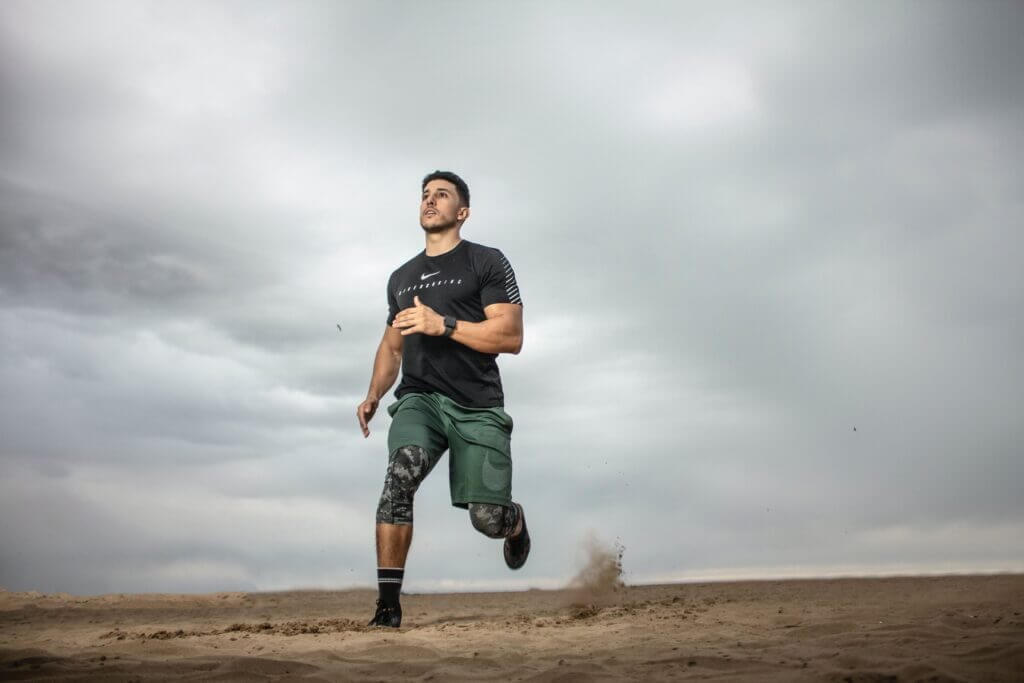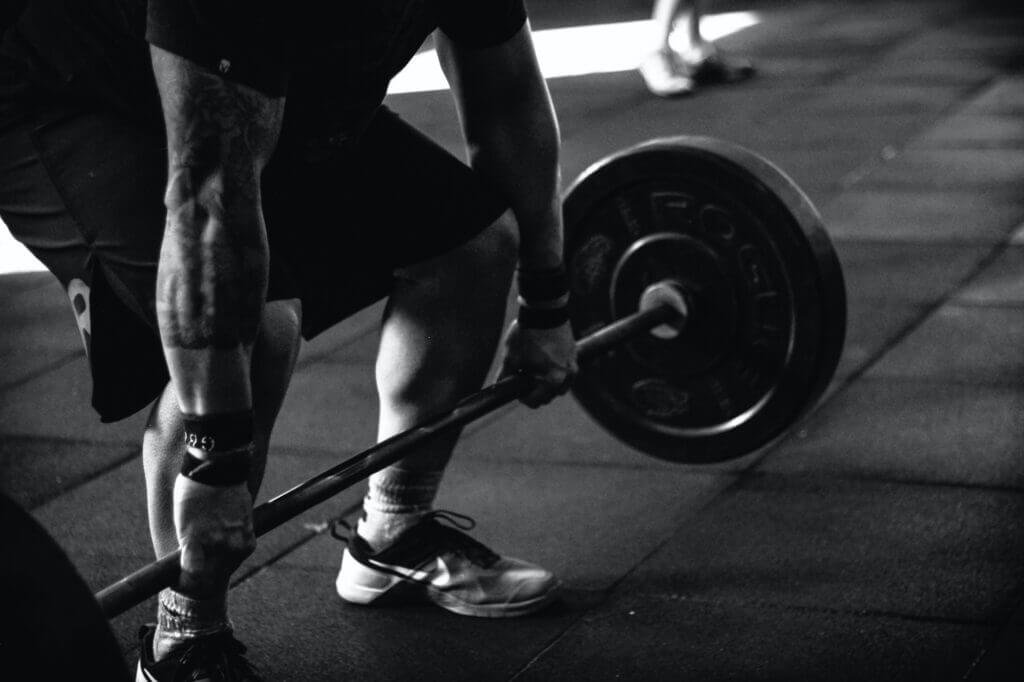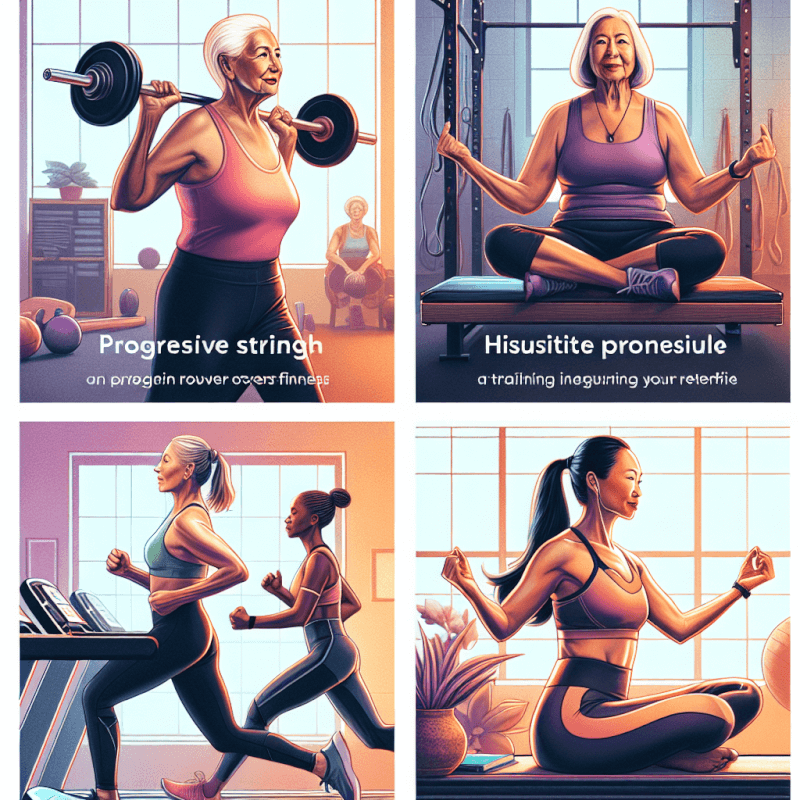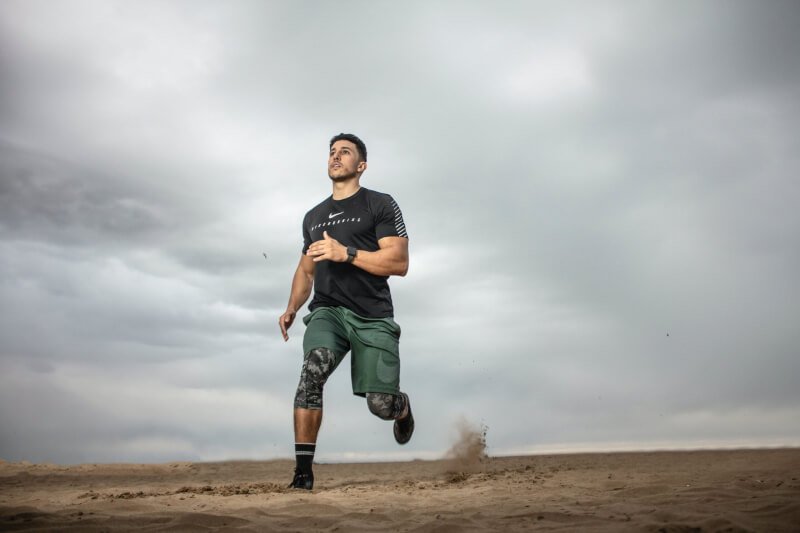Are you a female over 50 looking to stay fit and healthy? Look no further! In this article, we will discuss a specially curated gym workout routine designed specifically for women in their 50s and beyond. We understand that as we age, our bodies change, and it’s important to adapt our fitness regimens accordingly. Whether you’re a beginner or someone who has been hitting the gym for years, this workout will provide you with a balanced combination of strength training, cardio exercises, and flexibility work to help you feel stronger, more energetic, and confident in your own skin. So lace up your sneakers, grab a bottle of water, and let’s embark on this fitness journey together!

Benefits of Exercise for Women Over 50
Regular exercise is crucial for women over 50 as it offers numerous benefits to both their physical and mental well-being. Engaging in a consistent workout routine can have a transformative effect on cardiovascular health, bone density, and mental well-being.
Improved Cardiovascular Health
Engaging in regular cardiovascular exercises strengthens the heart, lowers blood pressure, and improves overall cardiovascular health. As women age, their risk of developing heart disease increases, making it even more important to prioritize cardiovascular exercise. Brisk walking, cycling, and swimming are excellent options for getting the heart pumping and improving cardiovascular fitness.
Increased Bone Density
Women over 50 are more susceptible to developing osteoporosis, a condition characterized by weak and brittle bones. To combat this, incorporating strength training exercises into your workout routine is essential. By using lightweight dumbbells, resistance bands, or even just your body weight, you can increase bone density, reduce the risk of falls and fractures, and enhance overall strength.
Enhanced Mental Well-being
Exercise has a powerful impact on mental health, and women over 50 can greatly benefit from its positive effects. Engaging in physical activity releases endorphins, also known as “feel-good” hormones, which can boost mood and reduce symptoms of anxiety and depression. Additionally, exercise provides a sense of accomplishment, improves cognitive function, and can help alleviate stress. Incorporating activities like yoga, pilates, or Tai Chi into your routine can improve mental well-being while also enhancing flexibility and balance.
Important Considerations Before Starting a Workout Routine
Before embarking on any workout routine, it is important to consider a few key factors. These considerations will ensure your safety and optimize the effectiveness of your workouts.
Consulting with a Healthcare Professional
It is always advisable to consult with a healthcare professional, such as a doctor or a certified personal trainer, before starting a new exercise program. They can provide valuable insights into any limitations or conditions you may have and offer personalized recommendations for exercise. This step is particularly important for women over 50, as they may have specific health concerns that need to be taken into account.
Setting Realistic Goals
Setting realistic goals is crucial when starting a workout routine. It is important to establish achievable objectives that align with your current fitness level and overall health. By setting small, attainable goals, you can track your progress and maintain motivation throughout your fitness journey.
Listening to Your Body
Listening to your body is essential when engaging in any exercise routine, especially as you get older. Pay attention to any discomfort or pain that may arise during or after workouts and make adjustments accordingly. If something doesn’t feel right, modify the exercise or seek professional guidance. Overexertion or pushing through pain can lead to injuries, which can impede progress and hinder your overall health.
Cardiovascular Exercises
Cardiovascular exercises are an excellent way to improve heart health, burn calories, and increase stamina. These activities get your heart rate up, promoting better circulatory function and overall fitness. Here are some popular cardio exercises suitable for women over 50.
Brisk Walking
Brisk walking is a low-impact exercise that can be easily incorporated into your daily routine. It is a gentle way to increase cardiovascular endurance and promote weight management. Aim for at least 30 minutes of brisk walking most days of the week, gradually increasing your speed and distance as your fitness level improves.
Cycling
Cycling is a joint-friendly activity that provides a great cardiovascular workout. Whether you prefer outdoor cycling or using a stationary bike, this exercise helps to strengthen the legs, glutes, and core while improving overall cardiovascular endurance. Start with shorter rides and gradually increase intensity and duration.
Swimming
Swimming is a fantastic full-body workout that is gentle on the joints. It works the entire body, including the muscles in the arms, legs, and core, while also providing cardiovascular benefits. Consider joining a water aerobics class or swimming laps regularly to boost your cardiovascular fitness without putting stress on your joints.
Strength Training Exercises
Strength training exercises are crucial for women over 50 as they help maintain muscle mass, increase bone density, and improve overall strength. These exercises can be performed with lightweight dumbbells, resistance bands, or simply using your own body weight.
Lightweight Dumbbell Exercises
With lightweight dumbbells, you can engage in various exercises to target different muscle groups. Bicep curls, shoulder presses, and tricep extensions are just a few examples of exercises that can strengthen your arms and upper body. Start with lighter weights and gradually increase as you become stronger.
Resistance Band Exercises
Resistance bands are versatile and portable, making them a convenient option for strength training exercises. They provide resistance throughout the entire range of motion, challenging your muscles and promoting strength development. Use resistance bands for exercises such as squats, chest presses, and glute bridges to target different muscle groups.
Bodyweight Exercises
Bodyweight exercises are an effective way to work multiple muscle groups at once without the need for equipment. Push-ups, squats, lunges, and planks are all examples of bodyweight exercises that can strengthen the upper and lower body while also improving core stability. These exercises can be modified to suit your fitness level and gradually progressed as you become stronger.

Flexibility and Balance Exercises
Flexibility and balance exercises are essential for women over 50 as they help maintain mobility and reduce the risk of falls. Incorporating activities such as yoga, pilates, or Tai Chi into your workout routine can improve flexibility, balance, and overall body control.
Yoga
Yoga is a holistic practice that combines physical postures, breathing exercises, and meditation. It improves flexibility, strengthens muscles, and promotes relaxation. Joining a yoga class or following online tutorials can introduce you to various poses and sequences specifically designed to enhance flexibility and balance.
Pilates
Pilates focuses on developing core strength, flexibility, and overall body control. It involves performing controlled movements that target specific muscle groups, improving posture and stability. Joining a Pilates class or practicing at home can help improve flexibility, balance, and overall body strength.
Tai Chi
Tai Chi is a gentle, slow-paced exercise that promotes relaxation, balance, and flexibility. It involves a series of flowing movements and deep breathing, making it a suitable option for women over 50. Tai Chi classes or instructional videos can guide you through the practice and help you improve flexibility, balance, and overall well-being.
Warm-up and Cool-down Routine
Before and after each workout session, it is crucial to allocate time for warm-up and cool-down activities. Engaging in proper warm-up exercises prepares your body for the upcoming workout, while cool-down exercises help your body recover and reduce post-workout soreness.
Dynamic Stretching
Dynamic stretching involves moving your muscles through a full range of motion in a controlled manner. It helps increase blood flow to the muscles, improves flexibility, and prepares the body for more intense activity. Examples of dynamic stretching include arm circles, leg swings, and walking lunges.
Light Cardio Exercises
Light cardio exercises, such as brisk walking or light jogging, serve as a warm-up to raise your heart rate gradually. This increases blood flow to your muscles, prepares your cardiovascular system for exercise, and promotes an optimal workout performance.
Static Stretching
Static stretching is performed after a workout to help cool down the body and reduce muscle tension. It involves holding stretches for a period of time without bouncing. Focus on stretching the major muscle groups you targeted during your workout, holding each stretch for about 30 seconds.

Tips for a Safe and Effective Workout
To ensure a safe and effective workout routine, consider the following tips:
Start Slowly and Gradually Increase Intensity
When starting a new workout routine, it is important to start slowly and gradually increase the intensity of your workouts. This allows your body to adapt and reduces the risk of injury. Begin with shorter durations and lower intensities, and as your fitness level improves, gradually increase the duration and intensity of your workouts.
Use Proper Form and Technique
Using proper form and technique during exercises is crucial for avoiding injuries and maximizing results. Take the time to learn and understand the correct form for each exercise you perform. If needed, consult with a qualified fitness professional or personal trainer to ensure you are using proper technique.
Include Rest Days in Your Routine
Rest days are just as important as workout days. They give your body time to recover and repair, which is essential for progress and injury prevention. Listen to your body and allow yourself at least one or two rest days per week. Use these days to engage in gentle stretching, foam rolling, or other recovery activities.
Adapting the Workout Routine
As a woman over 50, it is important to adapt your workout routine to cater to your specific needs. Here are some suggested modifications:
Modifying Exercises for Joint Pain
If you experience joint pain or have arthritis, it is essential to modify exercises to alleviate stress on the joints. For example, replacing high-impact activities like running with low-impact exercises such as swimming or cycling can help reduce joint discomfort while still providing cardiovascular benefits. Always prioritize your comfort and consult with a healthcare professional for personalized modifications.
Incorporating Low-Impact Alternatives
Low-impact exercises are gentle on the joints yet still offer cardiovascular and strength benefits. Consider incorporating activities like water aerobics, using an elliptical machine, or practicing low-impact dance workouts into your routine. These alternatives can protect your joints while allowing you to achieve your fitness goals.
Working with a Personal Trainer
If you are unsure about how to modify your exercises or need extra guidance, consider working with a personal trainer. They can provide expert advice tailored to your specific needs, ensure you are using proper form, and create a personalized workout program that addresses your goals and limitations.

Importance of Proper Nutrition
In addition to exercise, proper nutrition plays a vital role in supporting overall health and optimizing the benefits of your workout routine. Consider these factors when it comes to fueling your body.
Fueling Your Workouts
Ensure you have enough energy to support your workouts by consuming nutrient-rich foods. Choose a balanced diet that includes carbohydrates for energy, lean proteins for muscle repair and growth, and healthy fats for overall well-being. Eating a light snack or meal containing carbohydrates and proteins about one hour before exercising can provide the necessary fuel to power through your workouts.
Including a Variety of Nutrients
To support overall health, it is important to consume a wide variety of nutrients. Include plenty of fruits, vegetables, whole grains, lean proteins, and healthy fats in your diet. These foods provide essential vitamins, minerals, and antioxidants that can enhance your workout performance, aid recovery, and boost overall well-being.
Staying Hydrated
Staying hydrated is crucial for women over 50, particularly during exercise. Proper hydration supports cardiovascular function, regulates body temperature, and helps transport nutrients to cells. Aim to drink water before, during, and after your workouts, and listen to your body’s thirst cues to ensure you are adequately hydrated.
Post-Workout Recovery
Post-workout recovery plays a significant role in optimizing your fitness results and preventing injuries. Incorporate these practices into your routine to aid your body’s recovery process.
Foam Rolling or Self-Massage
Foam rolling and self-massage techniques can help relieve muscle tension, improve flexibility, and boost circulation. Spend a few minutes targeting each major muscle group with a foam roller or massage ball to aid in the recovery process. This can help reduce muscle soreness and aid in maintaining muscle mobility.
Proper Nutrition and Hydration
After a workout, it is important to replenish your body with nutrients to support muscle repair and recovery. Include a post-workout meal or snack that combines carbohydrates for replenishing glycogen stores and proteins for muscle repair. Additionally, continue to hydrate by drinking water to replace any fluids lost during exercise.
Adequate Rest and Sleep
Rest and sleep are essential for your body to recover and rebuild after exercise. Aim for at least 7-9 hours of quality sleep each night to support optimal recovery and overall well-being. Additionally, prioritize rest days in your workout routine to give your body adequate time to heal and rejuvenate.
By incorporating regular exercise, considering important factors, and following proper guidelines for workouts, women over 50 can experience numerous health benefits. Improved cardiovascular health, increased bone density, enhanced mental well-being, and overall physical strength are just a few of the positive outcomes that can be achieved through a consistent and tailored exercise regimen. Remember to consult with healthcare professionals, listen to your body, and prioritize both proper nutrition and post-workout recovery for a safe, enjoyable, and effective fitness journey.



